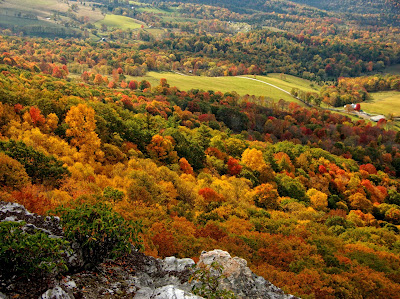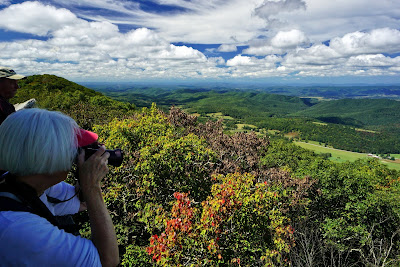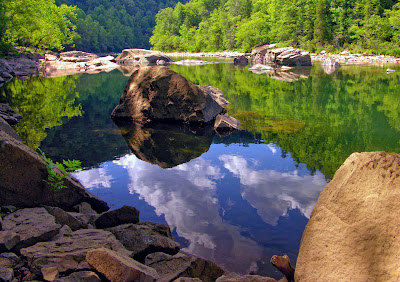Three Tips for Better Fall Photographs

Though digital cameras are technologically impressive, none of them can capture a scene as well as the human eye and mind working together. Aware of the limitations of their technology, camera manufacturers have added features to compensate for them. In this article, I offer three tips on how to use these features to improve the photography of the brilliant colors of fall. To illustrate my tips I will refer to a photograph I took in the Fall of 2012 at the New River Drys. Briery Knob Tip #1: Experiment with the White Balance. White balance settings on your camera compensate for the kind of light illuminating the scene you are shooting. As evidenced by the color of the sky, a sunny day sheds a lot of blue light. Your eye working with your mind automatically tones down the excess of blue light in such a way that a white object will still appear white to the eye. But a camera does not do this. It simply records without bias the colors of light hitting its sensor. E...






